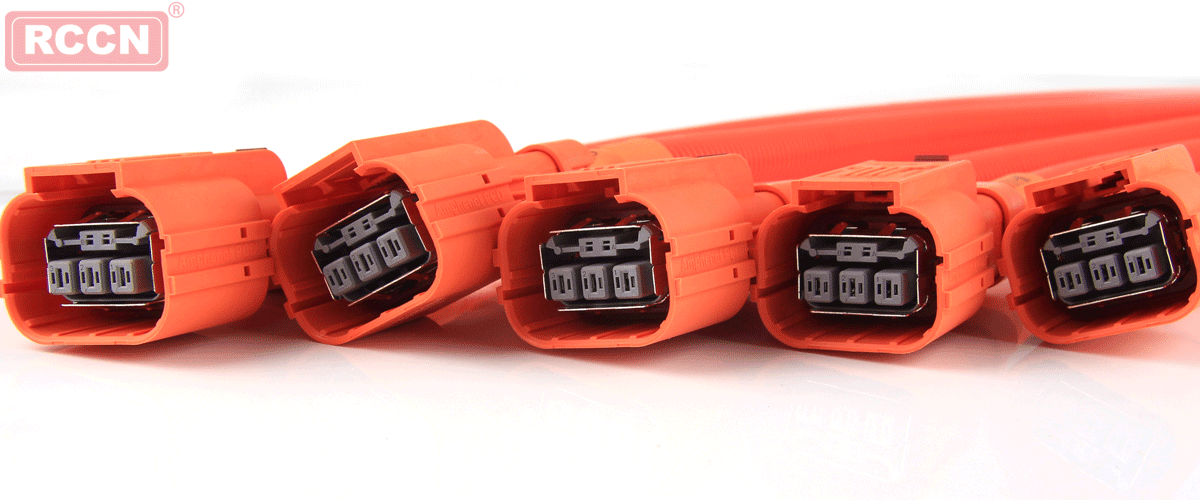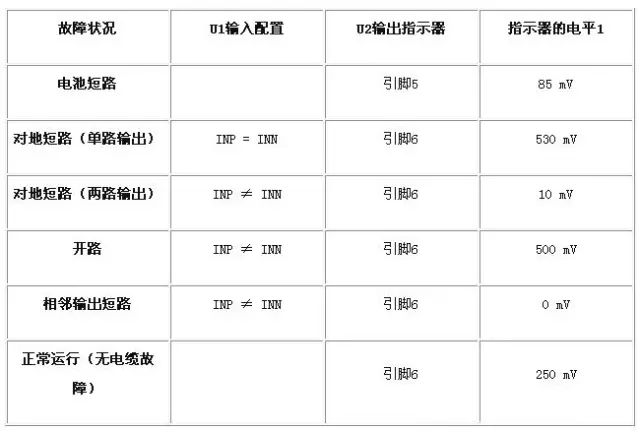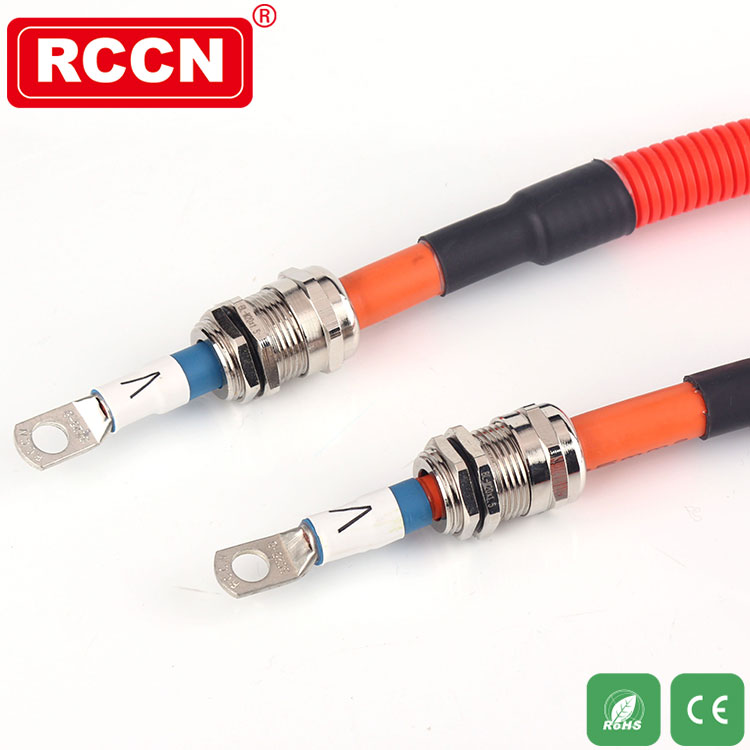As a key component of Hyundai's car, the wire harness includes thousands of assembly components that connect the various electronic systems together so that they can work together. Any wiring harness failure, may have an impact on the entire system. However, in order to cope with the growing demand for electronic systems within the vehicle, the complexity of automotive wiring harnesses is increasing, so we are more pressing to quickly and easily detect open circuit and short circuit. Line diagnostics are very important throughout the life of the vehicle. From the installation phase, diagnosing and repairing line faults can cause serious manufacturing delays. During the run phase, diagnosing and repairing line failures can result in an increase in the number of car repairs, thereby significantly increasing the manufacturer's warranty costs.
Active safety systems, including lane detection and parking assist systems (front and rear view cameras), as well as infotainment systems (including navigation and rear seat entertainment), are more concerned about the automotive electronics system. To make these systems run efficiently, video data transmitted from cables from any corner of the car must be reliably transmitted to the driver and passengers. The health of the cables is critical to maintaining the proper operation of these systems.

The circuit shown in Figure 1 can effectively detect the battery short circuit (stb), ground short circuit (stg), open circuit and short circuit fault. The circuit uses the ada4433-1 (u1) fully integrated video reconstruction filter as part of the video transmission signal chain and also uses the ada4830-1 (u2) high speed differential amplifier as the detection circuit. Ada4433-1 built-in a high-order filter, -3 db cut-off frequency of 10 mhz, at 27 mhz frequency to provide 45-db suppression, also has a 2 v / v internal fixed gain. It has excellent video characteristics, providing overvoltage protection (ovp) and overcurrent protection (stg) on the output, and low power consumption. The ada4830-1 provides an attenuation gain of 0.50 v / v and also provides a fault detection output flag indicating the presence of an overvoltage condition on its input. It provides up to 18 v of input overvoltage protection with a wide input common-mode voltage range and excellent esd stability.
In the example circuit shown in Fig. 1, u1 represents a differential output buffer which transfers the video signal from the rear view camera or the engine control unit (ecu) to the receiver. The input is usually driven by a cmos imaging element or video encoder. The main function of u1 is to provide active filtering (reconstruction), and drive the video signal through the cable to the display of the transmission. The input of u2 is connected to the output of u1 to provide the fault detection function listed in Table 1, as described in the following paragraphs.

Figure 1. Line diagnostics using ada4433-1 (u1) and ada4830-1 (u2).
Battery short circuit fault detection
Both u1 and u2 have an integrated battery short-circuit detection function and a stb output flag. In the battery short-circuit event, the output flag of u2 will signal a logic low state, and the microcontroller's general-purpose input / output (gpio) port can easily read the signal.
Ground short circuit fault detection (single output)
Connect the positive input (inp) of u1 to the negative input. + Out and The differential output between out should be 0 v. If any of the outputs are shorted to ground, the differential voltage at the u2 output should be greater than 500 mv.
Ground short circuit fault detection (two outputs)
Set u1's positive input (inp) to 0 v. + Out and The differential output between out should be approximately 1 v. If the two outputs are both shorted to ground, the differential voltage at the u2 output is about 0 v.
open circuit
Set u1's positive input (inp) to 0 v. + Out and The differential output between out should be approximately 1 V. If there is a shorted connection, the differential voltage at the output of u2 is about 500 mV.
Adjacent output short circuit
Set u1's positive input (inp) to 0 v. + Out and The differential output between out should be approximately 1 V. If the two outputs are shorted together, the differential voltage at the output of u2 is about 0 v.
Normal operation (no cable fault)
Set u1's positive input (inp) to 0 v. + Out and The differential output between out should be approximately 1 V. The differential voltage at the output of u2 is about 250 mV.
Table 1. Diagnostic Output Indicator Summary

















 RCCN WeChat QrCode
RCCN WeChat QrCode Mobile WebSite
Mobile WebSite
